Search
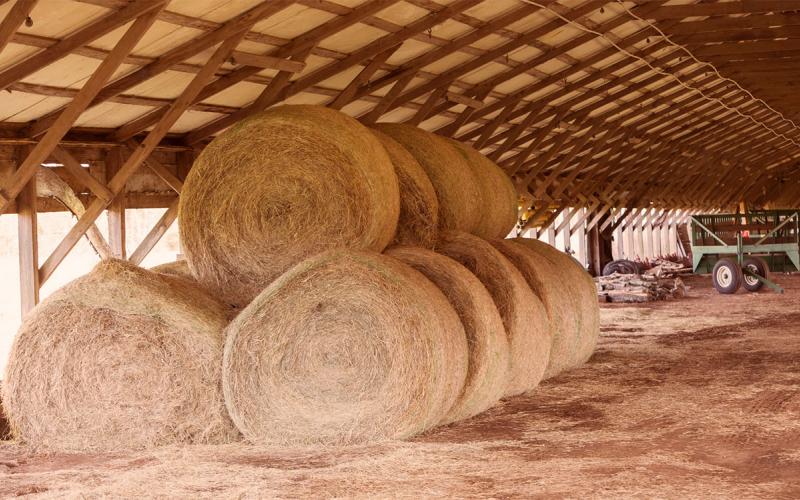
Planning Forage Needs
Inventorying and planning for hay and other forage feed needs is essential every year, especially when production is uncertain due to drought or excess moisture.
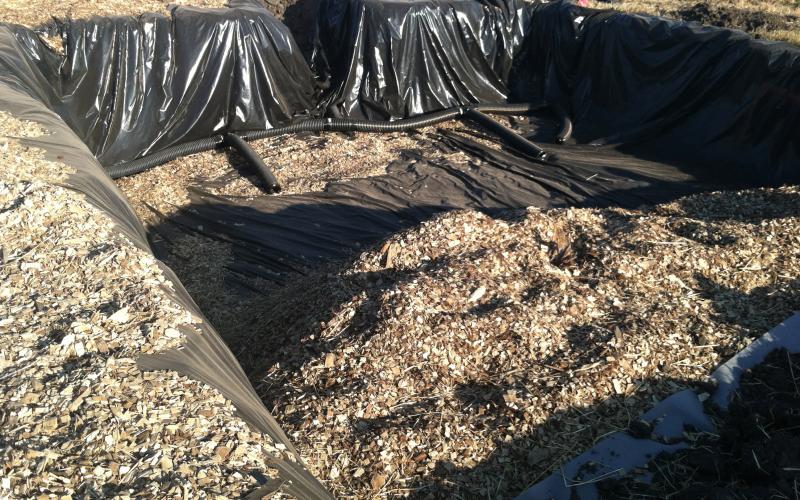
Bioreactors and Your Bottom Line
Why are bioreactors unpopular and what can we do to incentivize farmers to put them in?

South Dakota Remote Works Training Resumes in September
October 26, 2021
Established in January of 2021, the program is a collaboration with Utah State University's Rural Online Initiative that provides "specialized remote work training to individuals for success in a rapidly changing economy."
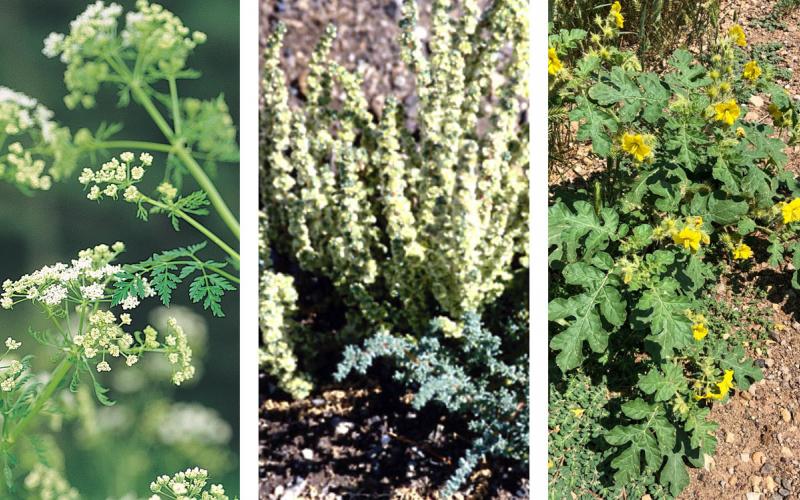
Poisonous Plants on Rangelands: Hemlock, Halogeton and Buffalo Bur
Several species of poisonous plants are invasive and can easily establish dense stands when there is a disturbance on rangelands. Hemlocks, halogeton and buffalo bur can all be found throughout South Dakota and are toxic to livestock.
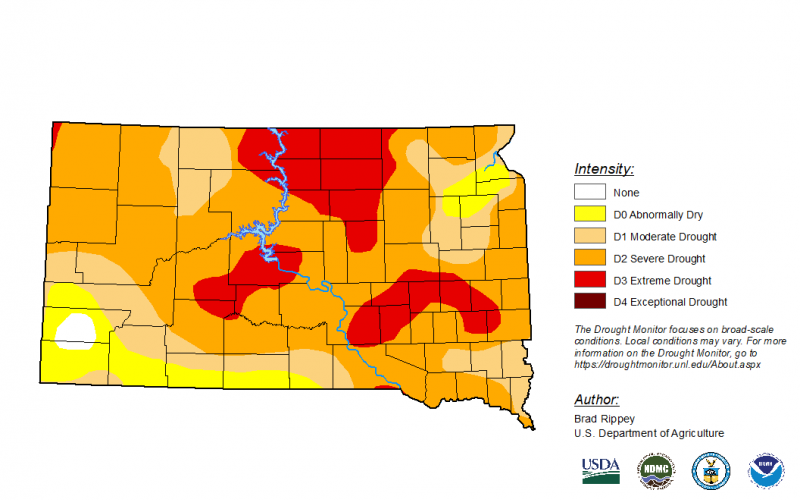
Controlling Grasshoppers, Salvaging Drought Corn Kick Off August Drought Hours
August 04, 2021
According to the latest U.S. Drought Monitor, nearly 18% of the state is in Extreme Drought (D3), while another 70% follows as Severe Drought (D2).
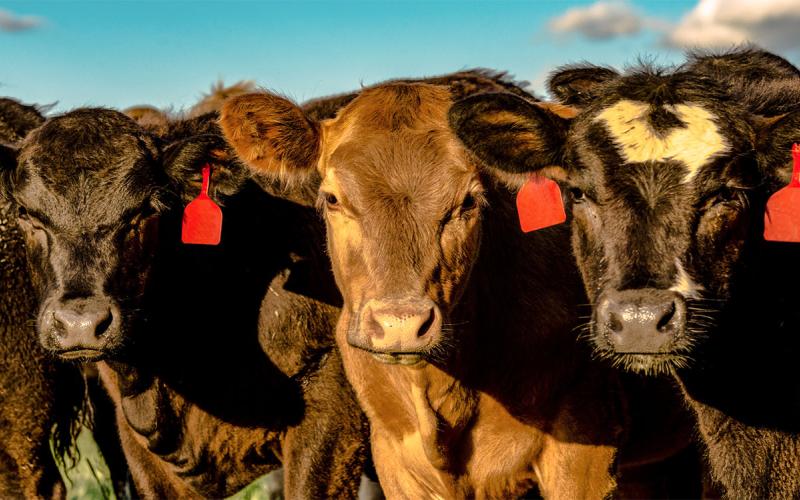
Reducing Development Costs for Replacement Heifers
Regardless of how efficiently reproductive success is managed on the ranch, beef producers are tasked annually with incorporating new females into the herd in the form of replacement heifers.

Saturated Buffer Situations
What is a saturated buffer and how can they be beneficial to farmers?

Building Highly Effective Boards: Legal – What to Expect
The world of protocol and legal issues can be an intimidating place. While it may seem intimidating now, our training module, "Technically Speaking: Understanding Bylaws and Legal Text," provides the fundamentals you need to not only survive, but thrive in the nonprofit sector!
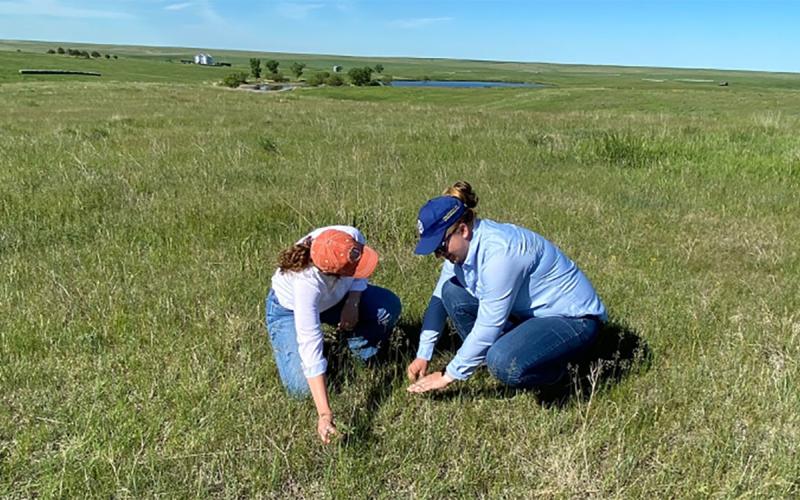
Range Roundup: South Dakota Women on the Range
With the percentage of women in agriculture expected to grow over the next few years, SDSU Extension will be launching a new program called South Dakota Women on the Range. The program will educate women about the importance of range management, while also empowering them to become leaders in the agriculture industry.
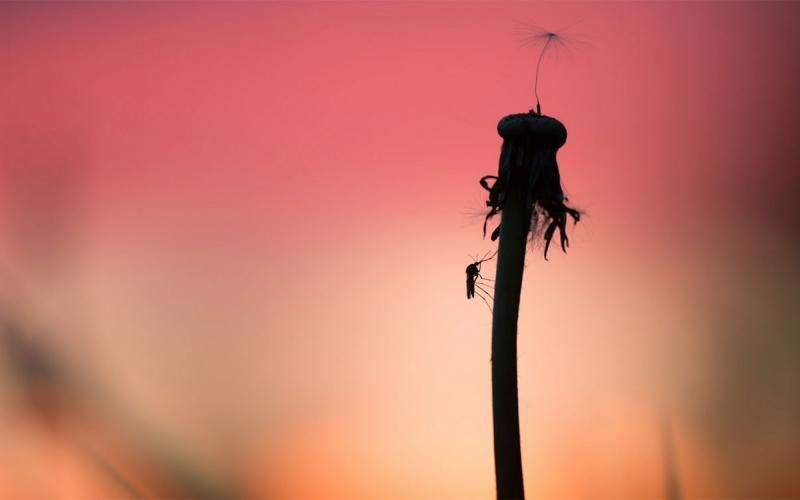
West Nile Virus Update: Aug. 2, 2021
As of Aug. 2, 2021, the South Dakota Department of Health indicated that West-Nile-virus-positive mosquitoes were detected in Brookings, Codington, Hughes, Lincoln and Brown counties in South Dakota.